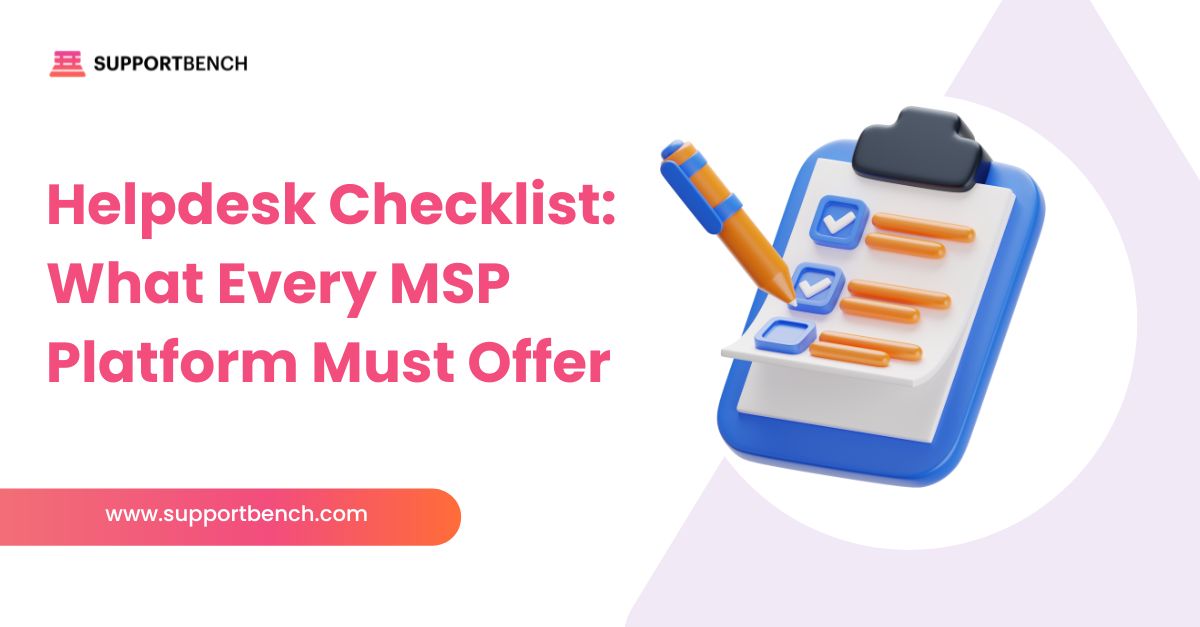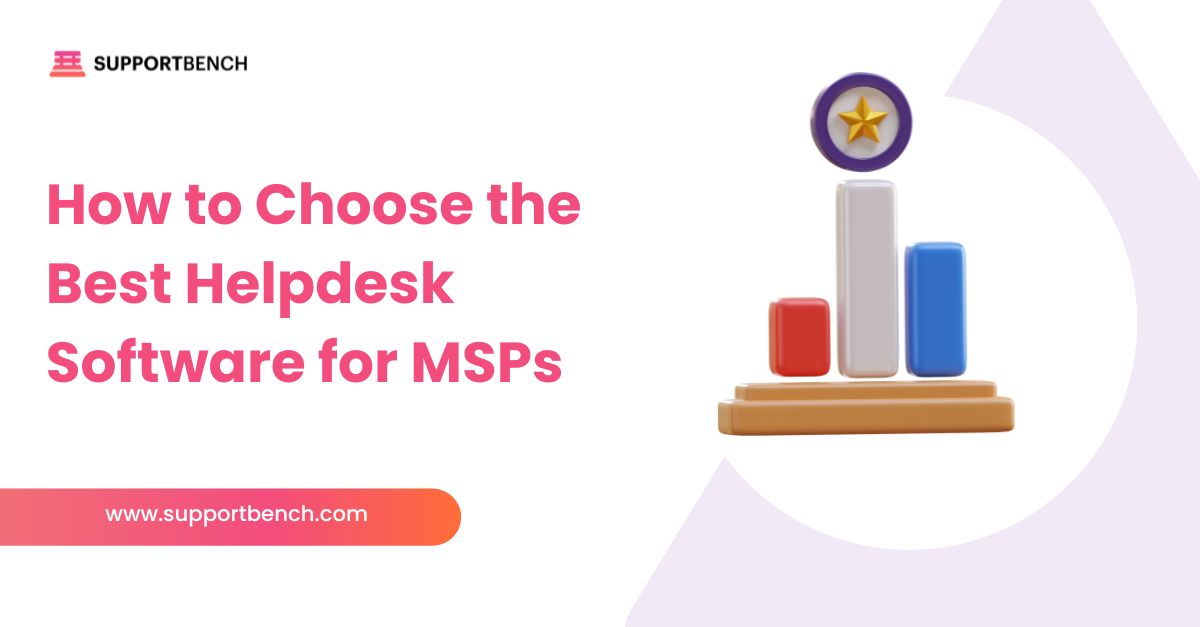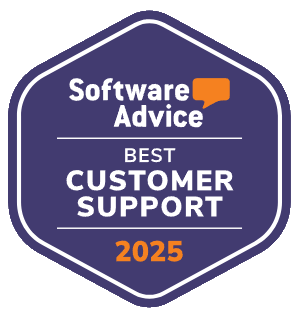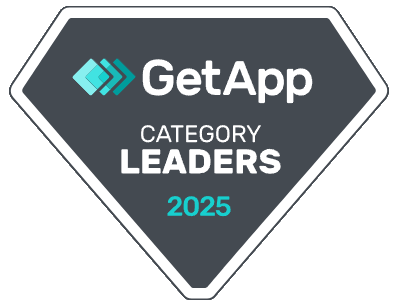Deciding to switch platforms, providers, or tools is a big step—especially when it directly affects your team’s efficiency, your clients’ experience, and your company’s long-term goals.
Whether your current system is showing its age or simply no longer meets your needs, making the right move requires more than frustration or gut feeling. It demands a structured review of your pain points, options, and transition risks.
This guide lays out a clear, step-by-step checklist to help you assess if a switch is warranted. From auditing your current setup to executing a seamless migration, you’ll have a roadmap to make confident, data-driven decisions.

Here is the Quick Answer:
Before switching helpdesk platforms, assess inefficiencies, audit contracts, and test new tools. Plan a phased migration, train your team, and maintain clear communication. After launch, monitor metrics and refine workflows to ensure a smooth, successful transition.
1. Why You’re Considering a Change
Before switching platforms or providers, it’s essential to understand what’s driving that urge.
Recurring Inefficiencies
Is your current system unstable, overpriced, or repeatedly falling short? Chronic crashes, delayed fixes, and budget overruns may be signs your helpdesk has become more of a burden than a solution.
Lack of Scalability or Compliance
Does the platform fall behind on technology upgrades or struggle to keep up with new regulations? If it can’t support your growth plans or handle stricter compliance, it may be holding your team back.
Poor Support and Accountability
Are you constantly chasing updates, or unsure who’s accountable for service failures? Rotating contacts and unclear escalation paths are major red flags.
No Strategic Alignment
Has the provider stopped evolving with your goals? A true support partner should anticipate your needs and provide tools for sustainable growth—not just react to problems.

2. Pre‐Decision Checklist: What to Audit Before You Switch
Before switching systems, conduct a thorough audit of what’s working, what’s not, and what you’ll need going forward. This step helps you avoid gaps, overspending, or disruption—and ensures the change aligns with your goals.
Contractual Commitments
Review the current contract’s renewal terms, end dates, and cancellation clauses. Look out for automatic renewals and hidden penalties. Starting this process early gives you the flexibility to avoid fees or overlap.
Scope and Deliverables
Compare the functionality of your current platform with the new one. Identify if any key features or integrations will be lost—or gained. Double-check that nothing mission-critical will fall through the cracks.
Budget and Cost Transparency
Go beyond sticker prices. Evaluate hidden costs like user seat limitations, reporting restrictions, or API caps. Compare those with potential savings, such as reduced support workload or fewer manual processes.
Stakeholder Input
Gather insights from frontline agents, IT, finance, and management. What are their frustrations? What’s missing? Their feedback often reveals misalignments or practical issues not captured in system specs.
3. Testing and Pilot Stages
A trial run is your safety net. Before fully committing, simulate real workflows to catch friction points and ensure team readiness.
Staging Environment or Sandbox Testing
Use a sandbox environment to explore the new platform without affecting live data. Let your support staff simulate typical tasks—ticket handling, escalations, reporting. This hands-on trial identifies usability gaps before rollout.
Focused Data Migration Test
Migrate a small set of historical and active tickets. Check for formatting issues, data mismatches, or system incompatibilities. This focused test reduces the risk of surprises when moving all your data.
User Feedback Loop
Encourage pilot users to report back. What worked? What didn’t? Use this feedback to adjust permissions, templates, workflows, or UI settings before wider deployment.

4. Formal Migration Planning
A well-structured migration plan minimizes risks, maintains continuity, and sets the stage for success.

Data Migration
Decide if you’ll transfer all historical records or just the essentials. Confirm whether your new system supports bulk import/export via API or internal tools. Be clear about what metadata will transfer and how it will behave.
Overlap vs. Big Bang Cutover
Avoid an abrupt switch. Run both systems in parallel for a short period to monitor stability, identify missing workflows, and prevent service gaps. Only retire the old system once you’re confident in the new one.
Migration Timing
Plan the switch during a quiet business period. Fewer tickets and lower support activity reduce the risk of disruptions and ease troubleshooting.
Support and Training
Prepare resources early. Provide documentation, training sessions, and FAQs tailored to each user role. Consider live support or chat for the first few weeks to ease the transition.
5. Communication Strategy
Proactive communication is essential to keeping teams aligned and clients confident throughout your transition.
Internal Teams
Notify all departments—engineering, finance, operations—about the change, timeline, and expected impacts. Provide clear access instructions, workflow updates, and who to contact for help during the transition. Early clarity reduces friction and builds buy-in.
Clients and External Users
Let clients know what to expect. Flag any updates to ticket submission portals, email addresses, or login procedures. Equip support staff with ready-made templates for client responses to ensure messaging stays accurate and reassuring.
Strong internal and external messaging helps ensure the new system feels like an upgrade, not a disruption.
6. Launch-Day Checklist
A smooth go-live requires more than flipping a switch. Use this checklist to ensure your helpdesk rollout doesn’t disrupt day-to-day operations.
Route All Ticket Sources
Make sure every channel—emails, contact forms, embedded widgets—is properly connected to your new helpdesk. Check that nothing is still routing to the old system.
Verify Integrations
Confirm that all connected tools—analytics dashboards, reporting systems, SLA trackers, and CRMs—are fully operational in the new environment. Flag missing links or access issues early.
Enable SLA Visibility
Ensure service level agreements are visible and enforceable in real-time. This includes alerts for overdue tickets and escalation rules, especially if you’re using advanced features like automated compliance workflows.
Establish a Rollback Plan
Even with careful planning, hiccups happen. Identify a clear fallback method—such as reactivating legacy access or using backup email routing—if critical failures occur.
A well-executed launch day builds confidence across your team and helps maintain service continuity.
7. Post-Migration Monitoring (Immediate Health Check)
Once your helpdesk system is live, the real test begins. Close monitoring in the first days and weeks helps confirm the system performs as expected—and gives you time to adjust before issues escalate.
Catch Message Overlap
Keep a close eye on duplicate tickets or missed communications that may appear in both the old and new systems. These are early signals of misconfigured routing. If needed, run a second migration pass to ensure conversation continuity.
Track Key Metrics Immediately
Don’t wait weeks to gather data. Begin tracking response time, resolution time, and satisfaction scores from day one. This helps benchmark performance and catch underperformance while it’s still fixable.
Gather Internal Feedback Quickly
Your agents are the first to notice friction—missing features, sluggish response, confusing UI. Make space for daily check-ins or pulse surveys during the rollout week to surface issues early.
Involve Your Provider Proactively
If you’re using Supportbench, take advantage of its configurable dashboards and instant metric reporting. Use this data to collaborate with your onboarding rep and fine-tune ticket flows, automation logic, and SLA compliance right away.
The post-migration phase isn’t just about spotting problems—it’s your window to build momentum.

8. Post‑Migration Continuous Review (Long-Term Health Plan)
Success doesn’t end at launch. To keep your support operations effective, you need a system for regular evaluation and adaptation.
Maintain a Feedback Loop
Collect feedback from agents and end-users at regular intervals. Their insights will reveal friction points in workflows or usability issues that surface only with real-world use.
Monitor Core KPIs Over Time
Track key performance indicators (KPIs) like first-response time, ticket volume, resolution time, and customer satisfaction monthly or quarterly. Look for patterns and outliers—not just averages—to spot underlying inefficiencies.
Adapt Your Processes as You Grow
As team size, ticket complexity, or product scope changes, update your support workflows accordingly. What worked at launch may not hold up six months later. Use checklists, updated SOPs, and routine audits to keep everything aligned.
Leverage Supportbench for Ongoing Refinement
With Supportbench, you can go beyond static reporting. Create auto-refreshed dashboards, build escalation workflows from SLA data, and roll out changes in test environments before pushing live. This makes continuous improvement part of your default operations—not an afterthought.
A high-performing helpdesk doesn’t stay that way by accident. Ongoing review, iteration, and user collaboration ensure it stays fit for purpose as your business evolves.
In Closing
Switching platforms is a strategic move—one that should be guided by data, not frustration. If you’re already using Supportbench, take advantage of its built-in tools to evaluate performance before making any drastic changes.
Use features like SLA management to track violations and automate escalations. Simulate changes in sandbox environments. Identify workflow gaps through real-time dashboards and user feedback. These capabilities allow you to refine your system continuously without disrupting your operations.
And if the signs point toward a switch, approach it with structure. A detailed checklist keeps everyone aligned, reduces migration risks, and sets you up for long-term success.
Supportbench supports this journey—whether you’re optimizing your current environment or preparing for a transition. With scalable architecture, customizable tools, and a partner-focused support model, it helps you evolve on your terms.















